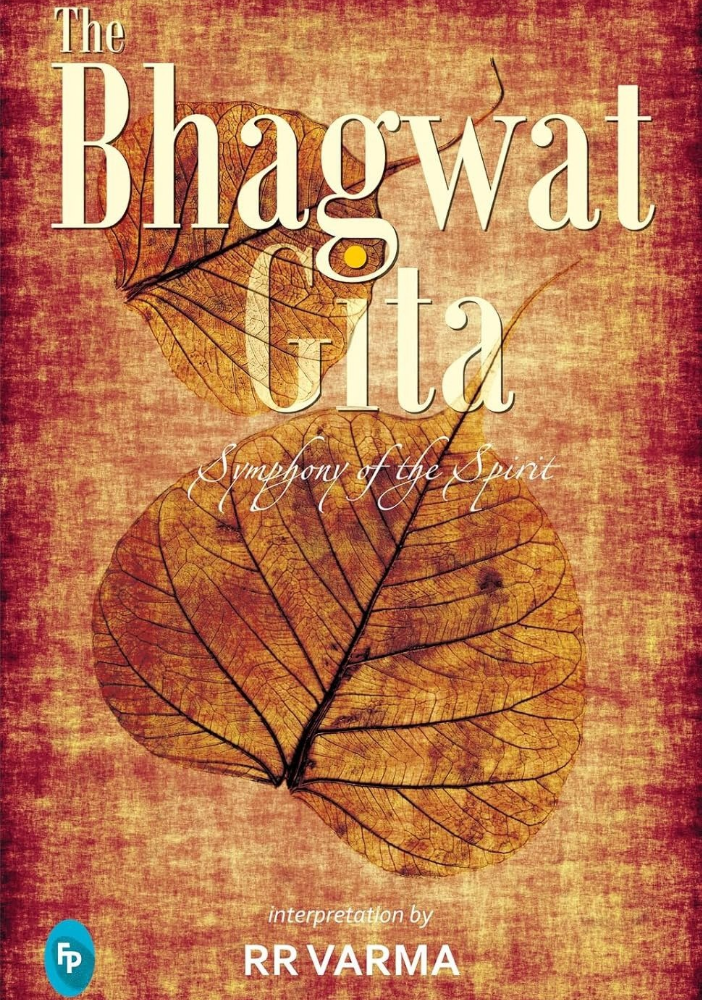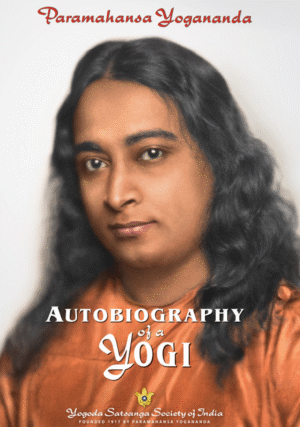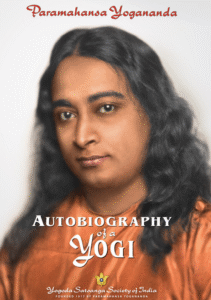the bhagwat gita

ABOUT THE BOOK
Characters
- Arjuna, one of the five Pandavas
- Krishna, Arjuna’s charioteer and guru who was actually an incarnation of Vishnu
- Sanjaya, counselor of the Kuru king Dhritarashtra (secondary narrator)
- Dhritarashtra, Kuru king (Sanjaya’s audience) and father of the Kauravas
what’s into the book?
Book gives a very nice background about various Hindu Philosophies, keeping the language very apt and concepts crisp & clear. Educates that Yoga is much more than asanas. It logically conveys that Dedicated Work/Duty without expecting results leads to spirituality, salvation and self-realization. Gita (Yoga) is a dharma which can be practiced by people from any religion.
The two main characters in the Bhagavad Gita are Arjuna and Krishna. Arjuna is a Pandava warrior facing a moral dilemma on the battlefield, while Krishna is his charioteer and advisor, who is also a divine avatar of Vishnu. The Bhagavad Gita is a dialogue between them, where Krishna imparts teachings on dharma, karma, and the nature of reality to Arjuna.
It also gives an interpretation of how to read the Bhagavad Gita. The author offers a fresh approach that can attract many seekers. The Bhagwat Gita is the main sourcebook on yoga and is a concise summary of India’s Vedic wisdom. Yet, remarkably, the setting for this classic spiritual text is an ancient Indian battlefield.
In this interpretation of the Gita, the author explains that the essence of the Gita is the equanimity of mind, which is attained by transcending it because mind consciousness is myopic and only spiritual consciousness abounds in universal love and absolute knowledge. and expanded edition of the most famous and popular of Indian scriptures contextualizes the book culturally and historically and explains he key concepts of Hindu religious thought and the technical vocabulary of yoga.
Chapter introductions, notes, and a glossary help readers understand the book’s message better. Most importantly, the translation uses simple, clear language to impart the poetry, universality, and timelessness of the Gita’s teachings.
Let’s know in detail
Introducing the Book: Your Calm Companion
R.R. Varma, in The Bhagwat Gita: Symphony of the Spirit, doesn’t rush in with mighty preachings but rather holds your hand and gently says, “Let’s figure this out together”. It is a heartfelt interpretation of the Gita- the ancient Sanskrit scripture you have heard so many saints and scholars glorifying but this one? This one seems to be written just for you, in the place you are now in your life.
It’s as if the Gita finally got a soulful remix appropriate to our current time. A remix that is authentic, reflective and honest.
Why “Symphony of the Spirit”?
Because life can be very noisy, sometimes heartbreaking, sometimes confusing or some nights you just lay awake at 3 am staring at the ceiling wondering what is the point of it all?
And then this book walks in…
The Gita is not just about war and chariots, it gets to you- your doubts, your decisions, your moments of heartbreak. Varma calls it a symphony because every verse is a note and it sings when you let it. And when all the notes of every verse come together? It is a kind of beautiful. Not easy beautiful but beautiful in the way that truth is always indispensable.
Who Is R.R. Varma
Imagine a person who was a senior officer in the Indian Police Service for decades. He would have encountered chaos, corrupt politicians, backstabbing superiors and the burden of responsibility.
Then, imagine that same man spend the entire morning seated in silence and meditation, the evenings, studying the Gita, and his heart, slowly opening to something far more profound
That man is R.R. Varma.
He is not a monk. He is not a guru. He is life-walker; of whom, lived fully, saw life “in its full context” and then took the plunge to distill the message of the Gita for ordinary people like him who are learning to balance two worlds – the worldly and spiritual.
And that is what makes this book so refreshing – it’s lived deeply, not just learned academically.
What’s Inside
The book takes you through the Gita chapter by chapter, pulling apart the verses gently, without overloading you with information. Yes, the original Sanskrit shlokas are there, but they are translated and provided such clarity, that it feels more like you’re remembering what your soul already knew, rather than reading scripture, enriching spirituality.
It is set-up for real people – not scholars:
Every chapter provides a brief overview. The most important messages are highlighted. You will find a no-nonsense glossary in the back for all those spiritual terms that usually leave you with blank stares.
It does not try to impress – it is
The Vibe: Calm, Clear, Compassionate
This is not one of those books that you read a line five times and still do not understand. Varma’s voice is warm and grounded like a wise grandparent who has experienced life and wants to relieve some of your burdens via spirituality and yoga .
He speaks about:
Dharma not being an inflexible duty but doing what your heart stands for.
Karma Yoga as acting in love but in relation to the action, not the expectation of result.
Ego as the sly voice that is always there creating anxiety, and how silence, not noise, can deal with it.
And you are not judged here, but understood.
Is This the Gita for You?
If you’ve experienced any of the following:
Feeling torn between ten different directions and searching for clarity…
Feeling that spirituality means abandoning what’s real (spoiler: it doesn’t)…
Wanting to actualize peace (not a performance, but real peace, grounded in reality)…
…then yes this book may serve as both a mirror and a map.
This book doesn’t promise immediate answers. But it does welcome you into an exchange/relationship with Krishna, yourself, and the part of you that’s most clear about what actually matters.
A tiny warning (just shooting straight)
If you’re looking for the depth of scholarship, comparisons with Sankara or Ramanuja, and an analysis of every stanza of text as you might expect from a study—this will not be that.
This is more guts than glory. More humanity than highbrow.
But maybe that’s its greatest power.
Final Reflection: A Book That Drops Anchor
This is a book that you can integrate into your life for spirituality . You read a line, pause, and reflect on that line while you are brushing your teeth. You go back to the book at the end of your day or when chaos erupts. And the book offers a slightly different perspective every time you visit it. Like it knows what you need.
If the Gita has felt either too remote or too difficult, consider this your invitation. The Symphony of the Spirit comes in quiet undertones, but says all the right things.
book info
Title: The Bhagavad Gita (HINDI)
Author: Mr. Rr Varma
Publisher: Fingerprints
Number Of Pages: 520
Language: Hindi
Genres – Spirituality, Mythology
Reading age : All








